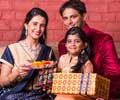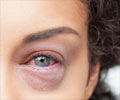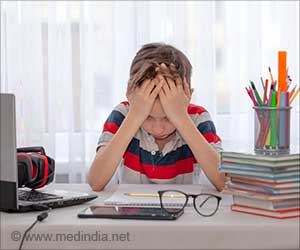As much as 80% of the learning a child does occurs through his eyes and approximately 1 in 4 school-age children have some type of vision impairment.
Good vision can be directly correlated with a child’s learning ability. As much as 80% of the learning a child does occurs through his eyes and approximately 1 in 4 school-age children have some type of vision impairment.
Does your child have normal, healthy vision needed for classroom learning, or is there a problem that requires treatment by a pediatric ophthalmologist, optometrist or pediatrician?“Generally, the earlier we diagnose vision issues, the better the outcome for the child,” said Dr. Mark Borchert, a pediatric ophthalmologist and the director of The Vision Center at Childrens Hospital Los Angeles and associate professor of ophthalmology and neurology at the Keck School of Medicine of the University of Southern California. “Professional eye examination tests not only measure distance of vision, but also how accurately the eyes focus and how well the eye muscles are working,” he said.
Below are four suggestions from The Vision Center for parents concerned about their child’s eyesight.
1. Don’t wait until your child enters kindergarten for his first complete eye exam. Pediatricians should perform a dilated eye exam to detect any serious eye problems within the first two months of life. Children are often more responsive to treatment when diagnosed early, so every child should have a comprehensive eye exam by age three. Some of the more serious eye diseases like amblyopia (lazy eye) or strabismus (crossed eyes) are correctable with eye patches or surgery if caught early. Once a child is seven or eight years old, the opportunity to correct the problem may have been lost, resulting in permanent vision problems.
2. Children that avoid books or reading may have a vision problem. Generally, preschoolers are eager to look at books and try and figure out words. Most children are reading by first grade. In general, most reading problems are not caused by vision problems. For instance, the child may have dyslexia, ADHD, or other learning differences and this may not be the result of poor vision. In these cases glasses, while helpful, will not fully solve the problem. However, if a child is having trouble learning to read, a comprehensive vision examination by a pediatric ophthalmologist or optometrist should be one of the tools used in making a diagnosis.
3. If your child is resistant to wearing glasses, point out those with familiar faces who also wear them. Defeating the stereotype that glasses are “dorky” is half the battle with school-aged children. Getting your child to wear glasses, without tearing them apart is the other. When children see relatives, cartoons or classmates wearing glasses, they are typically drawn to the attractiveness of someone they admire wearing them. If your child needs to wear glasses, you should allow the child to pick out the frames as it gives them a sense of ownership and pride.
Advertisement
The Vision Center at Childrens Hospital Los Angeles is an international referral center known for its family friendly environment of children afflicted with all forms of eye disease and provides a full range of inpatient and outpatient services. It is the largest pediatric ophthalmology program in the nation with multiple subspecialty programs that are considered to be among today’s finest resources for diagnosis, treatment and research.
Advertisement
SRM










